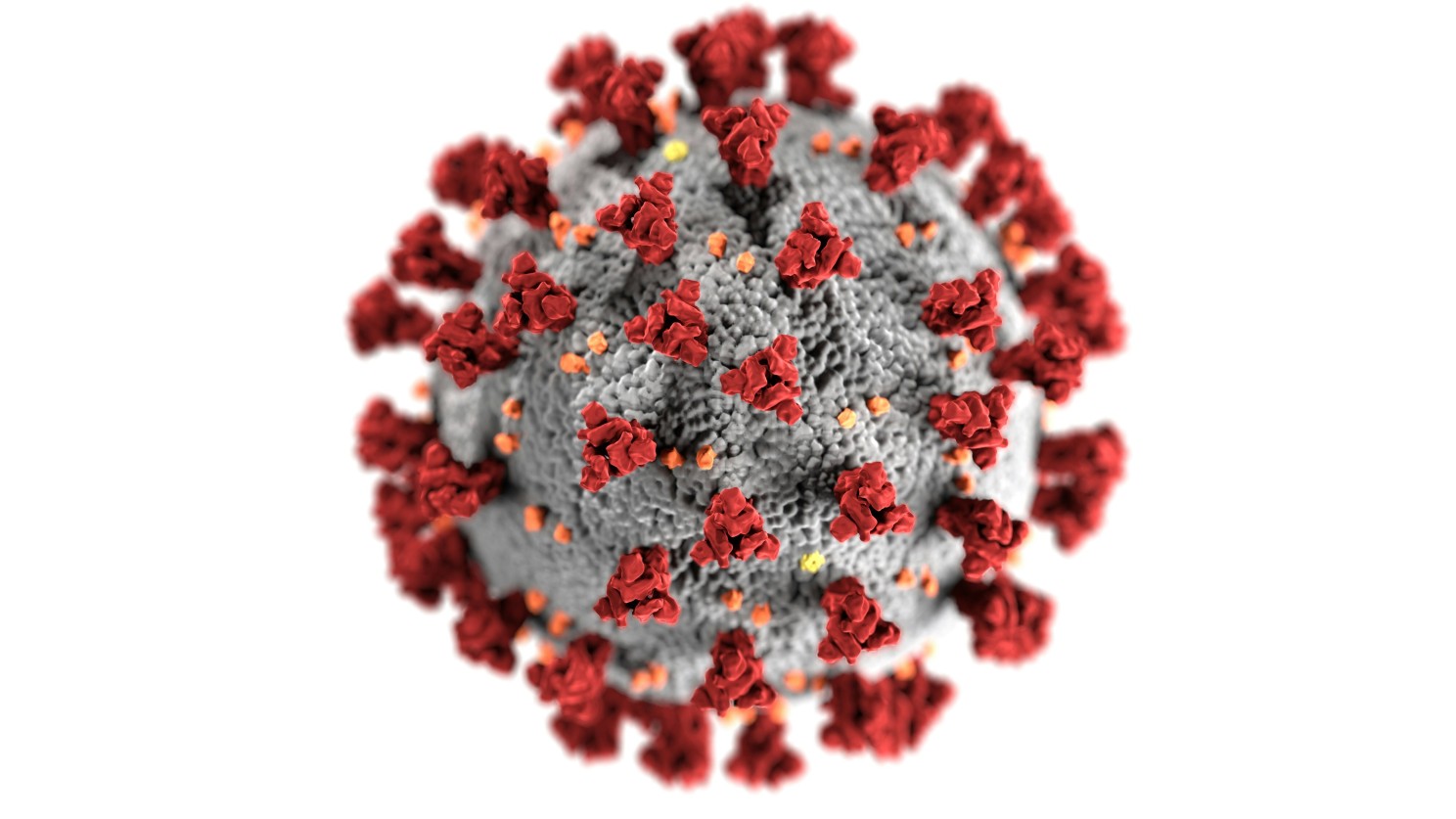
A new paper in ACS Infectious Diseases from scientists at Recursion looks at how AI and automation are being leveraged to tackle ongoing challenges in global public health by generating therapeutic hypotheses for diseases with limited pathogen targets; overcoming data scarcity for neglected diseases; and streamlining clinical trials.
AI tools, the paper notes, allow us to combine two approaches to novel therapeutic hypotheses in infectious disease – unbiased phenotypic screening and target-based drug design.
During the COVID-19 pandemic, Recursion used its platform to identify existing therapeutics that could be repurposed as COVID treatments – screening a library of approved drugs against a disease model. In under four weeks, Recursion created the disease models, ran the screens, and identified hits.

Here’s how it worked. Using the RecursionOS AI platform, researchers looked at relationships between cellular phenotypes under different perturbations such as CRISPR knockouts, soluble factors, viral agents, and small molecules, in order to identify potential SARS-CoV-2 therapeutics that could reverse viral or cytokine storm-induced phenotypic effects. They found several compounds that rescued cellular morphology in the company’s high-dimensional phenomics assay that were actively being studied in clinical trials. Nine of those 10 molecules they uncovered were later found to be accurately predicted in clinical trials for COVID-19 – including remdesivir, baricitinib and tofacitinib.
AI tools like generative design and predictive models need high-quality data, but, the authors note, with the exception of HIV, HCV, SARS-CoV-2, malaria and tuberculosis, the field of infectious diseases is “plagued by data scarcity.” In addition, they write, only 11% of drugs were approved for infectious diseases in the past decade, leaving researchers with limited validated chemical matter.
The paper presents a three-part AI solution to overcoming the data scarcity problem:
AI and ML models are helping to streamline drug discovery and development across the pipeline – including through model-driven clinical trial design.
As the authors note, Recursion uses a multimodal AI approach that includes large-scale discovery datasets (causal models) combined with real-world patient datasets from Tempus AI and Helix to drive early efficacy predictions, inform mechanisms-of-action, and support adaptive clinical trial designs, addressing key aspects of the FDA's context of use.
In addition, these AI and ML models support “patient stratification, biomarker discovery, and treatment-response modeling,” they write, “directly aligning with the FDA's focus on data credibility and model validation. These same tools are used for AI-driven simulations to optimize clinical trial design, further demonstrating alignment with regulatory guidelines.”
Read the paper: https://pubs.acs.org/doi/full/10.1021/acsinfecdis.5c00462
Author: Brita Belli, Senior Communications Manager at Recursion